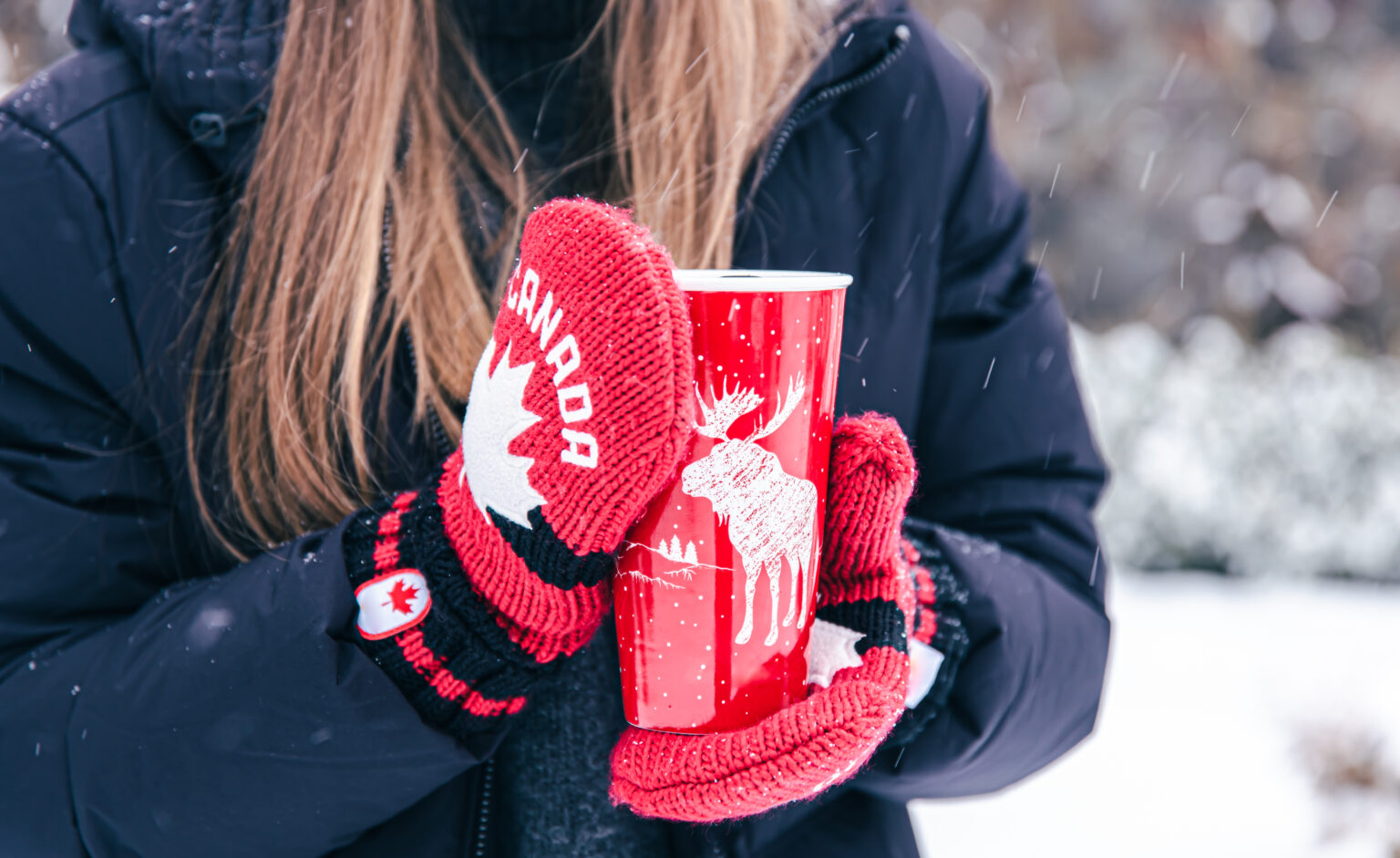After reading the recent news about the tariffs imposed upon Canada, many Canadian individuals and business owners are curious to know what it takes to have a product labelled as “Made in Canada”.
To answer this question, let’s consider a few concepts and regulations the Government of Canada has put in place.

Source: Bywitly.com
What does “Made in Canada” mean?
When you see a label that says, “Made in Canada”, it means that the product has been transformed or rendered enough to see an impactful change from the raw materials to the finished product. The raw materials must go through some extent of production to be launched as a “Made in Canada” product on a platform/location. Secondly, the production costs such as the raw materials, direct labour and manufacturing overhead that are incurred in Canada must account to 51% of the total production costs that are directly related to the production or manufacturing process of the goods.
By law, businesses are not required to label their products as ‘Made in Canada’. However, if a business does decide to promote this, it must ensure there is no extent of false advertising according to “The Competition Act”.

Source: Beemaid.com
What is the difference between “Product of Canada” and “Made in Canada”?
When we read the labels “Product of Canada” or “Made in Canada” we often think it’s the same definition rephrased. However, the Bureau has compiled the “Consumer Packaging and Labelling Act” to differentiate between products that were majorly produced or manufactured in Canada and products that were mostly produced or manufactured in Canada. The only difference is the percentage of total direct production costs. To be labelled a “Product of Canada” the business must incur 98% of the total direct production costs in Canada, whereas the “Made in Canada” label requires 51%.
There are also a few exceptions to qualify for labelling titles such as:
- “Made in Canada with imported parts”
- “Made in Canada with 60% Canadian content and 40% imported content”
- “Assembled in Canada with foreign parts”
- “Sewn in Canada with imported fabric”
- “Designed in Canada”
If the business explicitly states the portion of production that took place in Canada, businesses are generally qualified to add such labelling on their products. The focus is to add enough detail to ensure no misleading statements exist.
In terms of packaging, many brands will also include Canadian symbols such as a maple leaf, a Canadian flag or other logos or images that symbolize Canada. In this case, the business must ensure that the images or texts added must be prominent and noticeable to consumers. The image and texts overall must deliver an accurate message regarding the labelling added.
Additional Regulation/Provision to Consider
The Textile Labelling Act
Explicitly for textiles, information regarding the location from which the textiles were imported should accurately be disclosed with complete honesty. Failing to do so can lead to:
“Summary conviction, to a fine not exceeding five thousand dollars; or […] conviction on indictment, to a fine not exceeding ten thousand dollars.”
Requirements for Food products
The general guidelines for labelling are the same as non-food products. However, there is an extensive process by the Food and Drugs Act authority to ensure that the importing of ingredients and complete production is approved by other Food and Drugs Act regulations.
For more information on the Food and Drugs Act and Regulations, visit: Canada’s Food and Drugs Act and Regulations
References
Competition Bureau Canada. (n.d.). Product of Canada and Made in Canada claims.
Government of Canada. Retrieved February 2, 2025, from
https://competition-bureau.canada.ca
Fillmore Riley LLP. (n.d.). Made in Canada v. Product of Canada: What’s in a claim?
Retrieved February 3, 2025, from https://www.fillmoreriley.com


